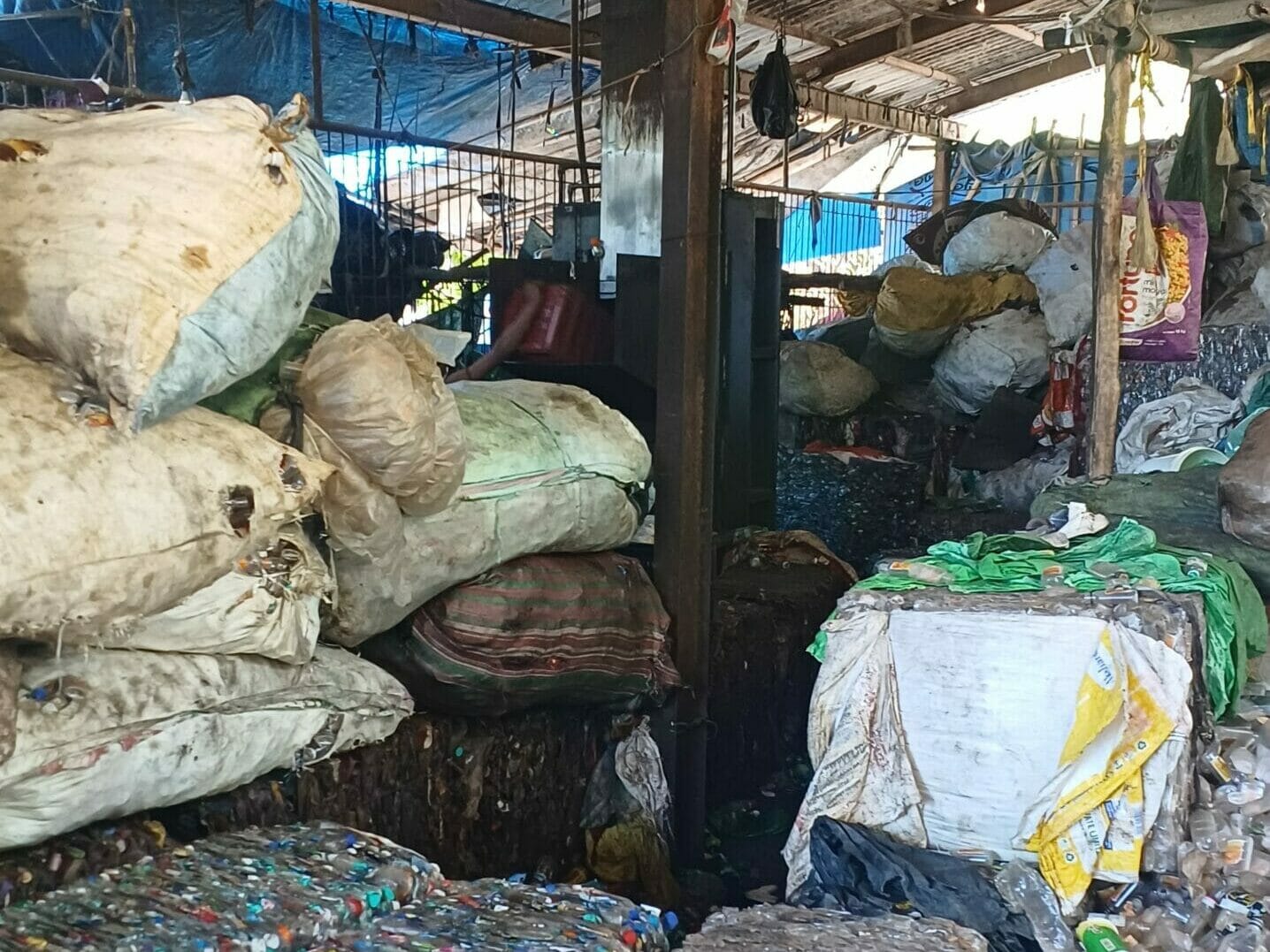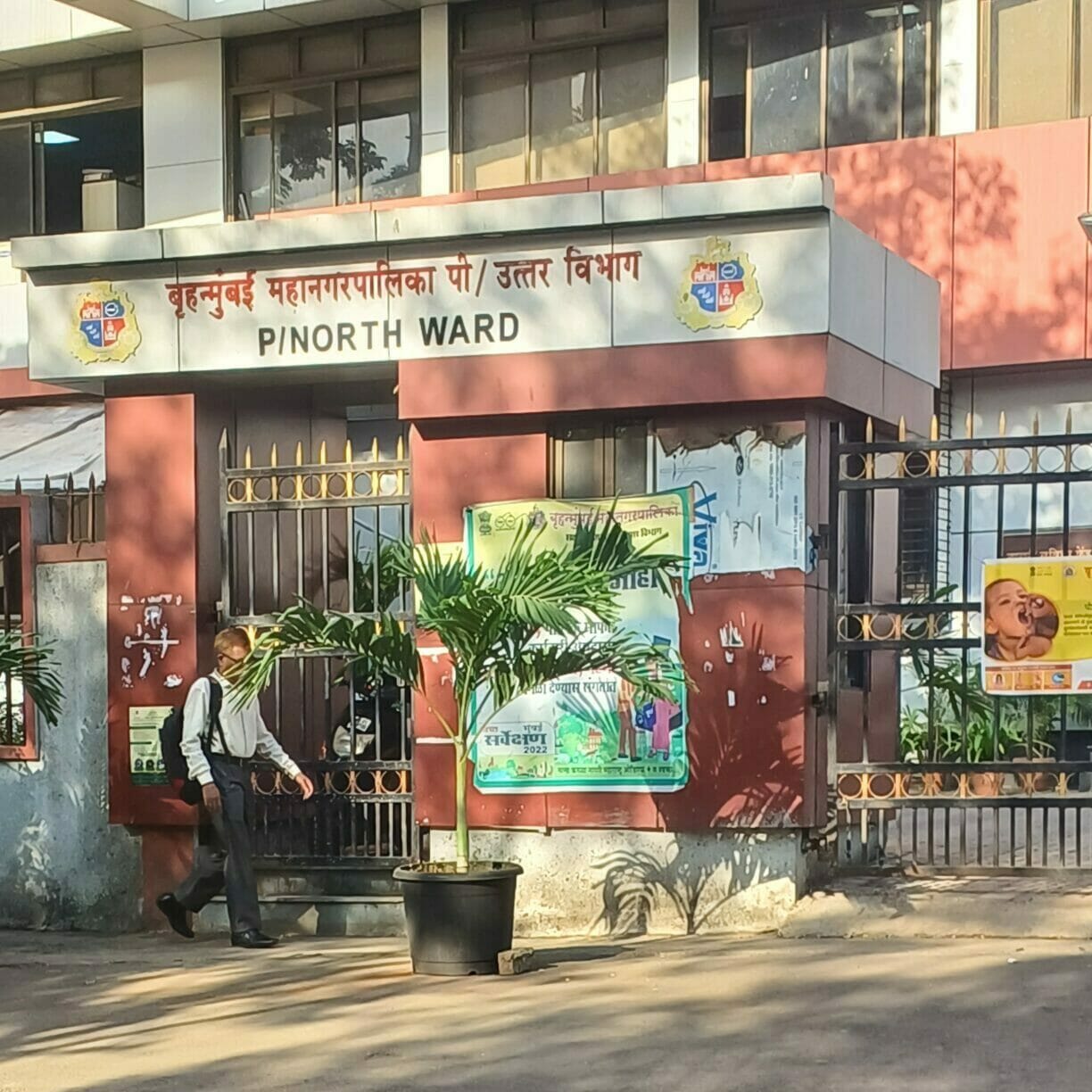Every morning, Tony Aranha, a resident of Malad West, wakes up to find a pile of garbage right in front of his housing society. The situation is so dire that he avoids stepping out even for bare minimum errands to the nearest market.
“It is difficult to walk due to the stench of garbage. The area is extremely unclean, and I feel that the machinery put up by the BMC is ineffective. Instead of going from society to society, the BMC should designate a centre for segregation at Malad,” says Tony.
Malad (P/N Ward) is one of the most populated wards of Mumbai, that houses lakhs of Mumbai’s citizens. A microcosm in itself, it is symbolic of all things Mumbai, the city of dreams. Increasing population, unmanageable traffic, and a lowering Air Quality Index (AQI) are some of its most significant concerns. However, another pressing issue has been deeply affecting the well-being of citizens in Malad. Failure in solid waste management.
An analysis of wards in Mumbai, released by Praja Foundation in a report, shows a failure to meet the SWM Rules, 2016. The report records the best and worst performing neighbourhoods based on various parameters related to garbage collection, segregation and recycling.
Parel area, or the F/South ward is among the best-performing wards. On the other hand, the highest complaints for Bulk Waste Generator societies came from the P/N Ward, that is Malad west. The ward has the lowest number of buildings processing their wet waste at source, burdening landfills. The wet waste is sent to dumping grounds such as Kanjurmarg, Deonar, Gorai, and the beach areas of Malad.
Read More: Let’s not waste ‘waste’: In pursuit of the ideal waste management solution
Bharati Gaikwad, supervisor at a dry waste centre in Malad says, “We recycle different types of dry waste such as PET bottles, plastic, newspapers, and cardboard with the processing machines, and send it to scrap houses around the country. The wet waste is sent to dumping grounds, and if we receive some of the wet waste, we burn it. There is no processing centre for wet waste in the area.”
Lack of garbage segregation
While a few societies in the area segregate their waste, many instances of non-compliance and negligence are reported. Aranha, Secretary of Lourdes Heritage Society says, “The BMC dumps waste from societies near the beaches. It can be utilised but it is not. The real solution is residents becoming self-aware and conscious of their actions for the environment.”
An ex-BMC official, who did not wish to be identified, says, “The BMC only acts upon a few societies, overlooking the rest. An entire nexus operates between the workers, officials, and politicians. They are also understaffed, making it more difficult to implement effective policies. The rules and regulations are ineffective, as people don’t follow them.”
“Often, people aren’t bothered because it takes a lot of effort, and there needs to be more interest. The BMC is bound to provide a rebate for such initiatives, but that doesn’t happen because it is an extra cost to them. Motivation and pooling resources are the only factors which can urge people to take action.”
Mumbai's performance in waste managementOver the last decade, citizen complaints about solid waste management increased by 124%. Waste transported to landfills rose by 10% to 7582 MTD in 2022 from 6904 MTD earlier. Nearly 50% societies in Mumbai don’t process their wet waste at source. The city has 46 dry waste centres, which are unevenly distributed. The dry waste segregation centre of the P/N ward has six rag-pickers and a total of 25 workers, where nearly 3700 kgs of waste is collected daily. Source: Praja Report |
Initiatives by NGOs and citizens

Vikas Waghmare, an activist with YUVA, says, “I live in an area of Malad, which houses more than 65,000 people. When we first raised the segregation issue in the area, logistical support was lacking. This was because our area wasn’t notified under the BMC, as per the population census 2011. There was a lack of staff and transportation for effective waste disposal in the vicinity. However, we spoke to officials and asked them to provide us with small trucks for garbage collection.”
According to the Swacchh Mumbai Prabhodan Abhiyan (SMPA scheme), tenders are floated every six months for waste collection and disposal in slum areas. Currently, there are only two tenders in Ambujwadi instead of six. “BMC should implement this scheme everywhere. Collecting and segregating waste from every household will be easier, thereby educating the masses,” says Vikas.
“Lack of facilities prevents people from taking action. We have successfully educated communities in informal settlements about segregation.”
“However, some technical difficulties such as permits such as NOC and forest land, making it a long-term procedure. We took 400 households on a pilot basis and provided them with logistics for waste disposal. The tenders expire within six months. The BMC should extend the tender period, increase staff services, and survey the area for effective waste management.
Read More: Concerned citizens work alongside the municipality. Story of ALMs in Mumbai
BMC’s rejection of findings

“The report findings released by Praja Foundation are not true for the P/N ward,” said a BMC official working in the SWM department. Regarding non-compliance, he added, “Junior officers supervise the ward, serve notices to societies and take actions whenever necessary. A penalty is imposed, ranging from Rs 500 to Rs 5,000.”
“When we make it mandatory to segregate the waste from societies, local politicians and councillors question us for imposing decisions on societies,” said another official on condition of anonymity. “The main challenge we face is to change the public habit. If we impose mandatory segregation and processing, it will be easier to implement decentralised waste management. Since educating every household is impossible, it would be better to amend the rules.”
By decentralising SWM, the Brihanmumbai Municipal Corporation can save nearly 1500 crores annually on transportation and landfill management. Most societies and activists believe that pooling resources and coordination of the BMC, NGOs, and citizens from all societies will bring much-needed awareness.